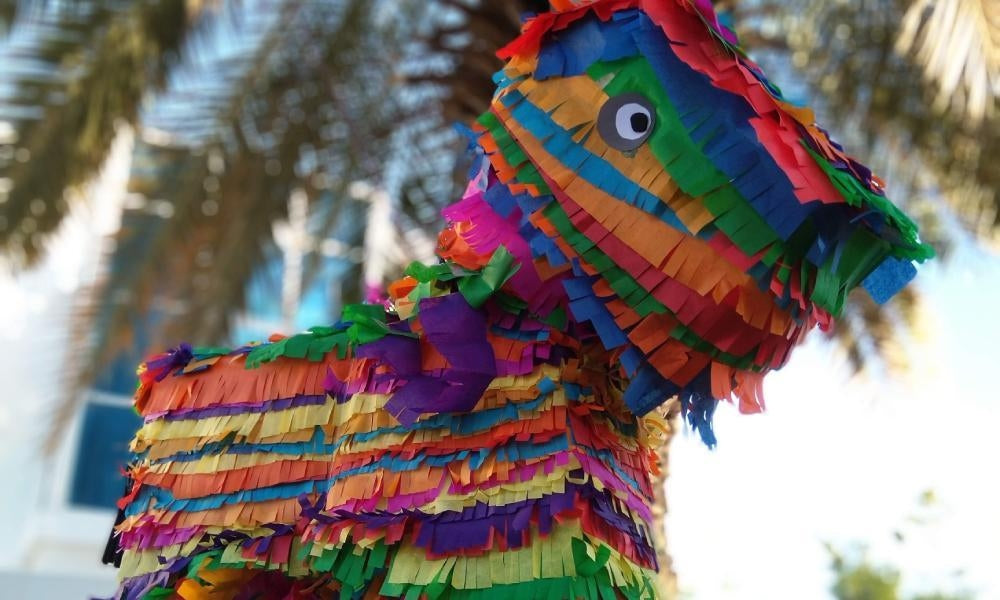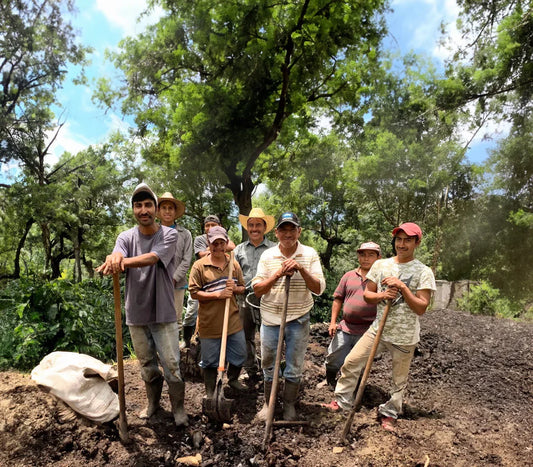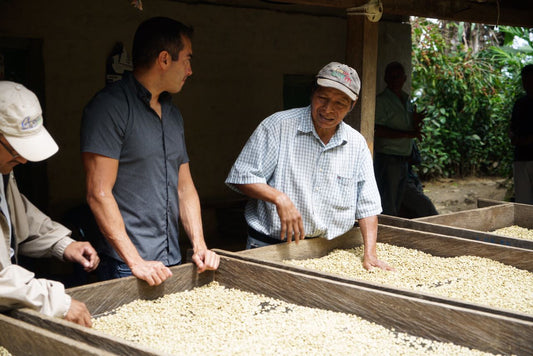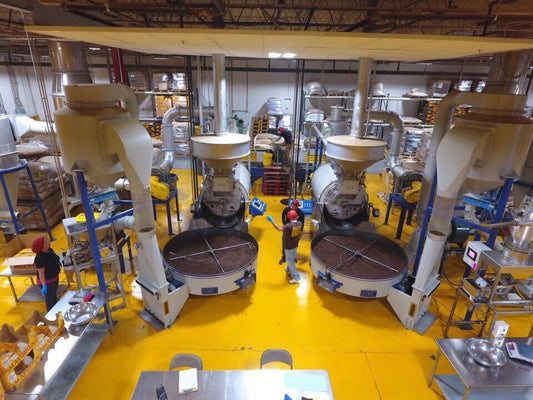
Piñatas: How an Aztec tradition became part of modern-day Mexican culture
Discover the ancient origins and enduring cultural significance of piñatas.
Growing up in Mexico, I remember that a great party wasn’t complete without a piñata.
Whether it was a birthday party or a holiday celebration like a posada, everyone knew that after enjoying food and a delicious cake, it was time to romper la piñata.
Nowadays, piñatas are a very popular tradition in Central America and among Latino communities living in the United States.
However, what many don’t realize is that piñatas are more than just beautiful objects; they are a symbol of joy and resilience, of overcoming adversity and finding delight in life's simple pleasures.
In a world where Latino identity is often underrepresented or misunderstood, piñatas offer a tangible expression of the rich cultural heritage that has shaped our community for generations.
Where did piñatas originate?
The piñata is an iconic symbol of Latino culture that has a long and fascinating history. While many people may associate piñatas with fun and frivolity, they are actually deeply rooted in the history and traditions of the Latino people.
The origins of the piñata can be traced back to the Aztec Empire around the 14th century. The Aztecs had a tradition of honoring their gods by filling a small, feather-covered pot with treasures and hitting it repeatedly with a stick until all the contents fell at the feet of a statue.
The pot was often shaped like a bull or other animal and was filled with offerings such as maize, fruits, and flowers.
The traditional star-shaped piñata still holds significance today, with its seven spikes representing the seven deadly sins that must be destroyed – hence why we break piñatas. In some Latino cultures, the piñata is broken on Christmas Eve, while in others, it is broken at birthday parties or other celebrations.
Although it has lost its religious character, the piñata remains an important part of our culture today. It is a symbol of joy, celebration, and togetherness, bringing people of all ages and backgrounds together to share in the fun.
They are a celebration of our diverse and vibrant culture, and a testament to the enduring traditions and customs that have been passed down from generation to generation. Whether it's a birthday party or a cultural festival, the piñata is sure to bring a smile to the faces of all who participate, and serve as a reminder of the proud and colorful history of the Latino people.

How to make a piñata
Traditionally, piñatas consisted of a clay pot decorated with colorful cloths or pieces of paper mache. Nowadays, they are mostly made out of paper and cardboard, making piñatas the perfect eco-friendly party decoration.
Believe it or not, piñatas are actually very simple to make. It’s actually very common for kids to try to make them at school or at home. Some of my most vivid memories involve participating in piñata-making competitions during middle school.
Although you can make a piñata from almost anything, including animals to cartoon characters, for your first try, it’s better to go the traditional way. A traditional Mexican piñata comprises a round ball with seven spikes coming out of it.
Although piñatas were once used for religious purposes, they have evolved into a fun and colorful way to celebrate special occasions, especially birthdays.
They can be found in any traditional mercado in Mexico, where countless stalls offer an array of shapes, sizes, and styles to choose from. From popular cartoon characters to fruit, and even politicians, there is a piñata for every occasion.
What's more, piñatas have become a form of art in their own right. In 2011, David Gamez and Cecilia Meade created an event called Piñatarama to showcase the artistic potential of piñatas. The event featured over 200 handcrafted piñatas, each one a unique and beautiful work of art that demonstrated the endless possibilities of this traditional craft.
In recent years, piñatas have become a popular form of party decoration, bringing color and fun to celebrations of all kinds. And with the rise of social media, piñatas have even become a way to make a statement or express political opinions.
From celebrating a loved one's birthday to protesting social issues, piñatas continue to play a significant role in Latino culture, reminding us, like mariachi music, of the power of tradition and creativity to bring joy and beauty into our lives.


